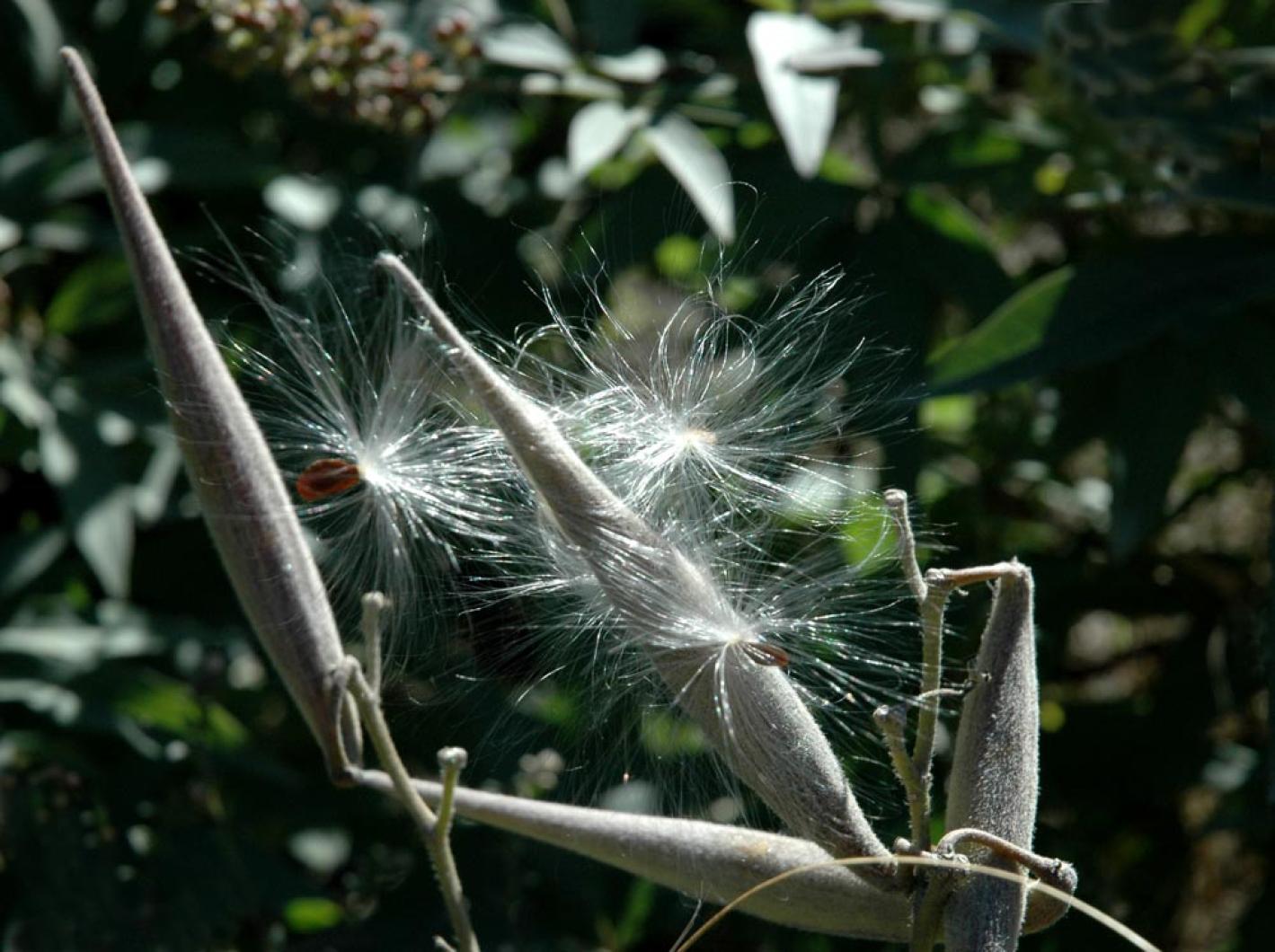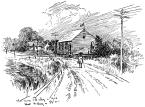The lead foreman of Vineyard Gardens, Jeremiah Brown, doesn’t mince words about his expertise.
“What I know is pruning,” he said.
He shared his experience with members of the Martha’s Vineyard Garden Club at its September meeting by combining a talk and hands-on demonstration on the grounds of the Old Mill in West Tisbury.
Mr. Brown admitted to starting out his career in horticulture by “knocking out false bamboo in his mother’s garden with a golf club.”
He advised his audience to rely on the “two most important tools, a hand-saw and bi-pass pruners” and to keep them sharp. For those gardeners not comfortable with a belt-sander, the speaker strongly urged relying on the use of a replacement blade every six months.
Mr. Brown warned about looking out for electric wires when using a pole pruner or saw. Holding up a heavy, oversized pair of loppers, the speaker aptly demonstrated why the average gardener needs to buy only easily handled pruning tools. Whereas chainsaws should be out of the household league, the speaker did suggest that electric pruners might be handy to have for trimming the tips of a long row of privet hedges.
When to prune? “Whenever you have a saw in your hands,” Mr. Brown answers.
As a practical rule, Mr. Brown does much of his work in the dormant seasons when branches are lighter in weight and the pruner can see the structure of a plant or tree.
The garden club participated actively in this part of the program by asking specific questions about spring blooming flowers.
Lilacs and forsythia need to be pruned right after they flower. Butterfly bushes will grow three feet above where you cut them, and roses can be pruned at any time, according to Mr. Brown.
On the other hand, he said that hydrangeas are tricky. Do little in the fall besides taking out dead wood. In the early spring, you can take out 1/3 of the stem if desired.
The speaker made it clear that he does not advocate pruning a plant to fit a specific spot in the garden: “ I don’t see battling a plant year after year.” He advised his audience to set a plant in an area where it will “flourish and grow.”
Using a choke cherry branch to demonstrate the distinction between heading and thinning cuts, Mr. Brown outlined his chronological tree-pruning approach.
First, take out all dead wood. Next, look for crossing branches which may be taken down one-third at a time annually, leaving a bud or node for new growth below the cut. If thinning is desired or needed, take the branch down to the trunk of the tree, being careful to save the branch collar bulging out of the main tree. Tree bulges on the main trunk store needed enzymes that promote healing of the wound caused by cutting.
In reduction cutting, he said, “You want the wound to close itself over.”
Before taking his audience outdoors to offer a hand-on demonstration of his talk, Mr. Brown drew a triangular-shaped diagram to illustrate how to prune a hedge properly. Avoid at all costs making a perfectly square pattern, as little sunlight will be able to penetrate the lower branches. The skillful pruner can avoid this by cutting the top of a hedge 10 to 20 degrees in from its base.
Outdoors, club members followed Mr. Brown to the old holly tree beside the Old Mill where he scratched back a questionable branch with his fingertip, revealing green underneath, a sure sign of life.
But there were ample dead branches and cross branches to illustrate earlier points of Brown’s talk. In particular, in the course of the walk around the property, members were able to see how the collar on a tree’s main branch provides a guide to cutting off the branch.
“Don’t be shy — just go at it,” Mr. Brown concluded.







Comments
Comment policy »